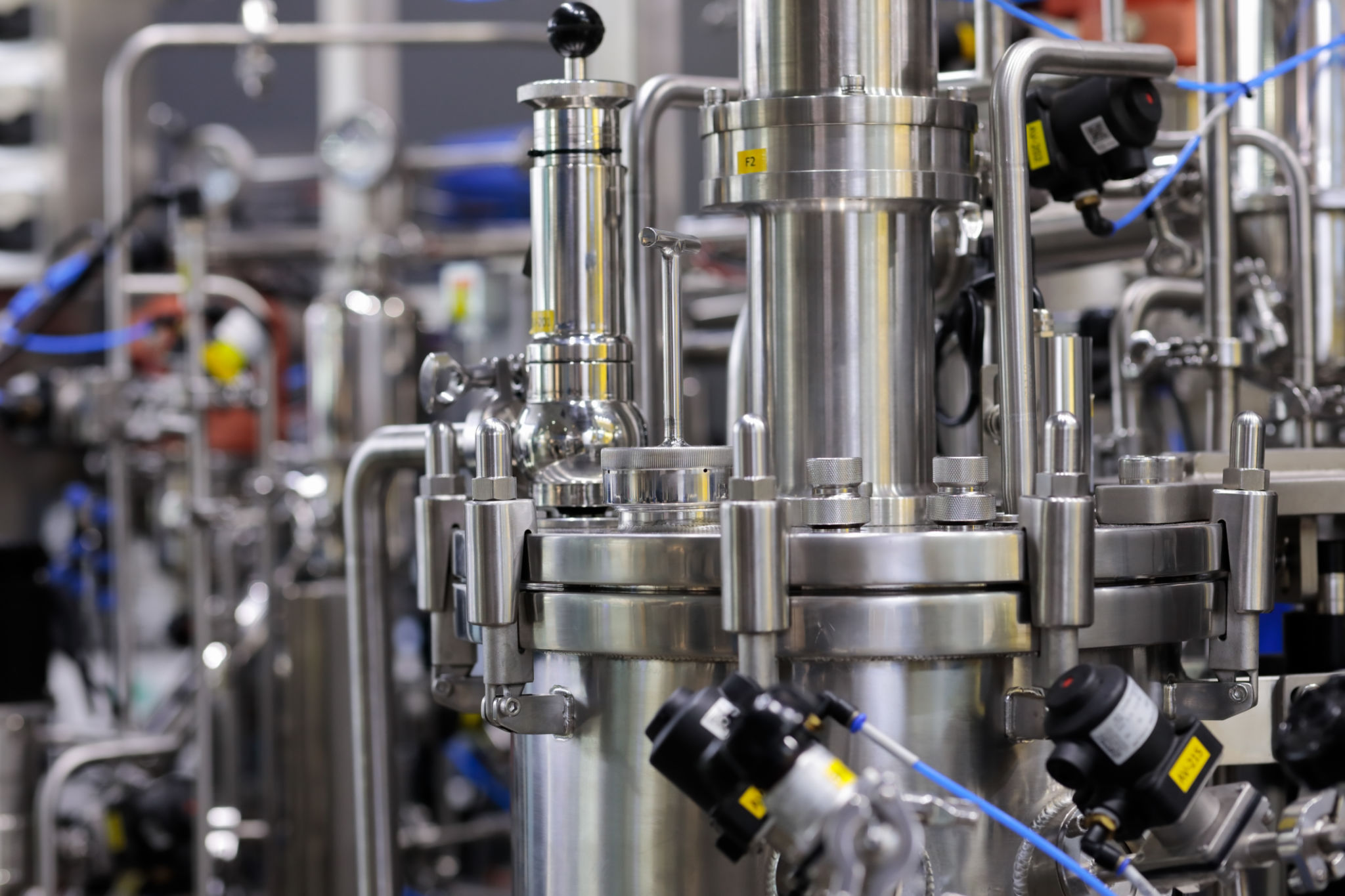Innovative Trends in High Pressure Processing: What’s Next for Food Tech?
Understanding High Pressure Processing
In recent years, High Pressure Processing (HPP) has emerged as a groundbreaking technology in the food industry. This innovative method uses high pressure to eliminate pathogens and extend the shelf life of food products without the need for heat. By maintaining the nutritional quality and flavor of foods, HPP has quickly become a preferred choice for manufacturers looking to deliver fresh, safe, and tasty products.

Benefits of High Pressure Processing
The benefits of HPP are numerous. Firstly, it ensures food safety by effectively inactivating harmful microorganisms. Secondly, it retains the natural taste and nutrients of food, which are often compromised during traditional thermal pasteurization. Lastly, it offers an extended shelf life for perishable items, reducing food waste and enhancing sustainability efforts.
These advantages have made HPP particularly popular in the production of juices, ready-to-eat meals, and deli meats. With consumers increasingly seeking out fresh and minimally processed foods, HPP has positioned itself as a key player in meeting these demands.
Emerging Trends in HPP Technology
As the adoption of HPP continues to grow, several innovative trends are emerging in this field. One such trend is the integration of HPP with other preservation methods to further enhance efficiency and effectiveness. For example, combining HPP with natural preservatives is showing promise in extending shelf life even further without compromising quality.

Automation and Efficiency
Another significant trend is the move towards automation in HPP facilities. As technology advances, manufacturers are seeking ways to streamline operations and improve efficiency. Automated systems not only reduce labor costs but also increase throughput, allowing producers to meet growing consumer demands more effectively.
Moreover, the development of smaller, more compact HPP units is enabling smaller businesses to access this technology, previously limited to larger manufacturers. This democratization of HPP technology is expected to spur innovation across the industry.
Future Directions in Food Tech
Looking ahead, the future of HPP in food tech is promising. Researchers are actively exploring new applications for HPP beyond traditional food products. There is potential for its use in the preservation of plant-based foods and beverages, tapping into the burgeoning vegan and vegetarian markets. Additionally, HPP is being studied as a method for enhancing the bioavailability of nutrients in functional foods.

Sustainability and Consumer Trends
Sustainability remains at the forefront of industry priorities. As consumers become more environmentally conscious, the pressure is on manufacturers to adopt sustainable practices. HPP aligns well with these values by reducing food waste and eliminating the need for chemical preservatives.
In conclusion, High Pressure Processing is set to play a crucial role in the future of food technology. With its ability to preserve quality while ensuring safety, this innovative technique is poised to meet evolving consumer expectations and drive further advancements in the industry.